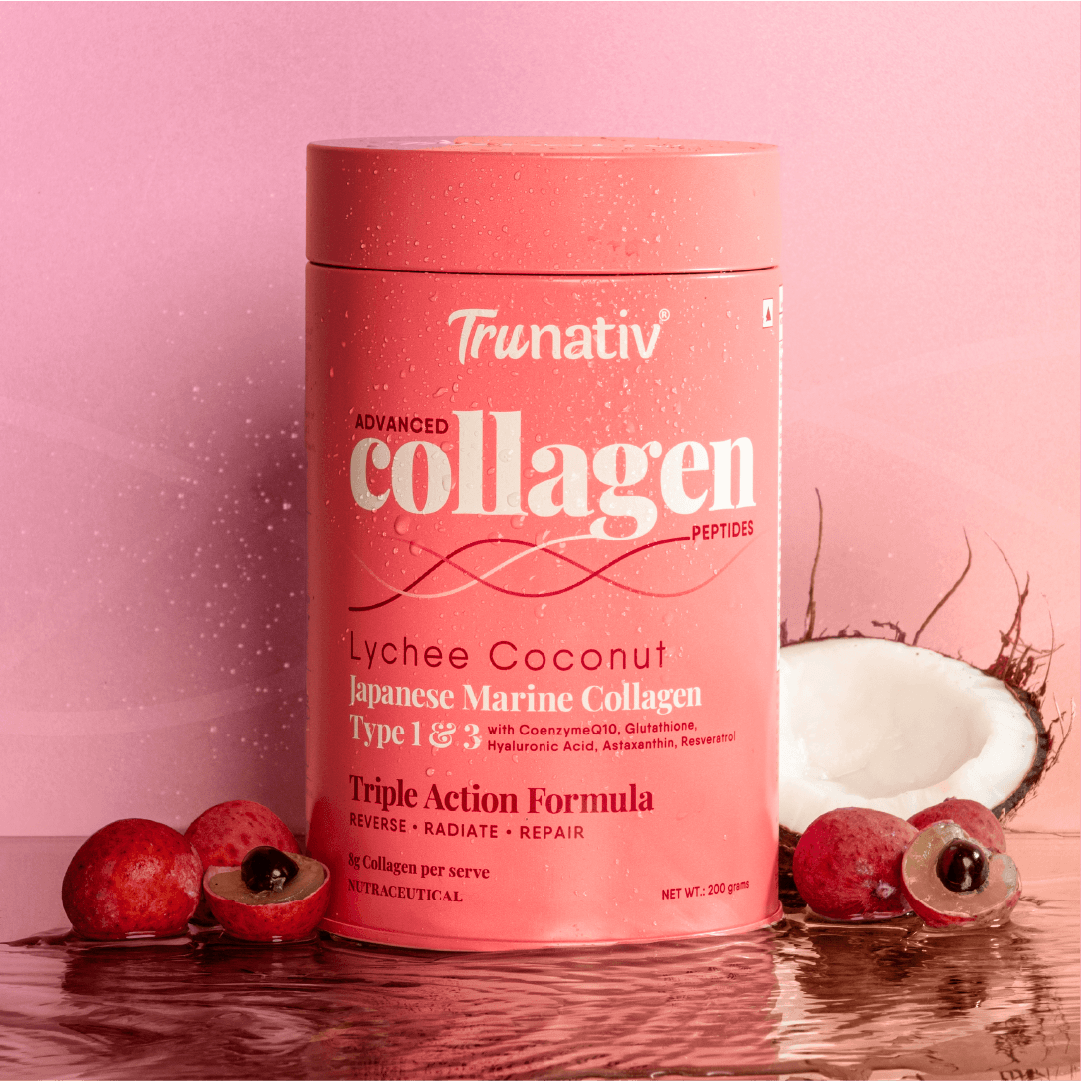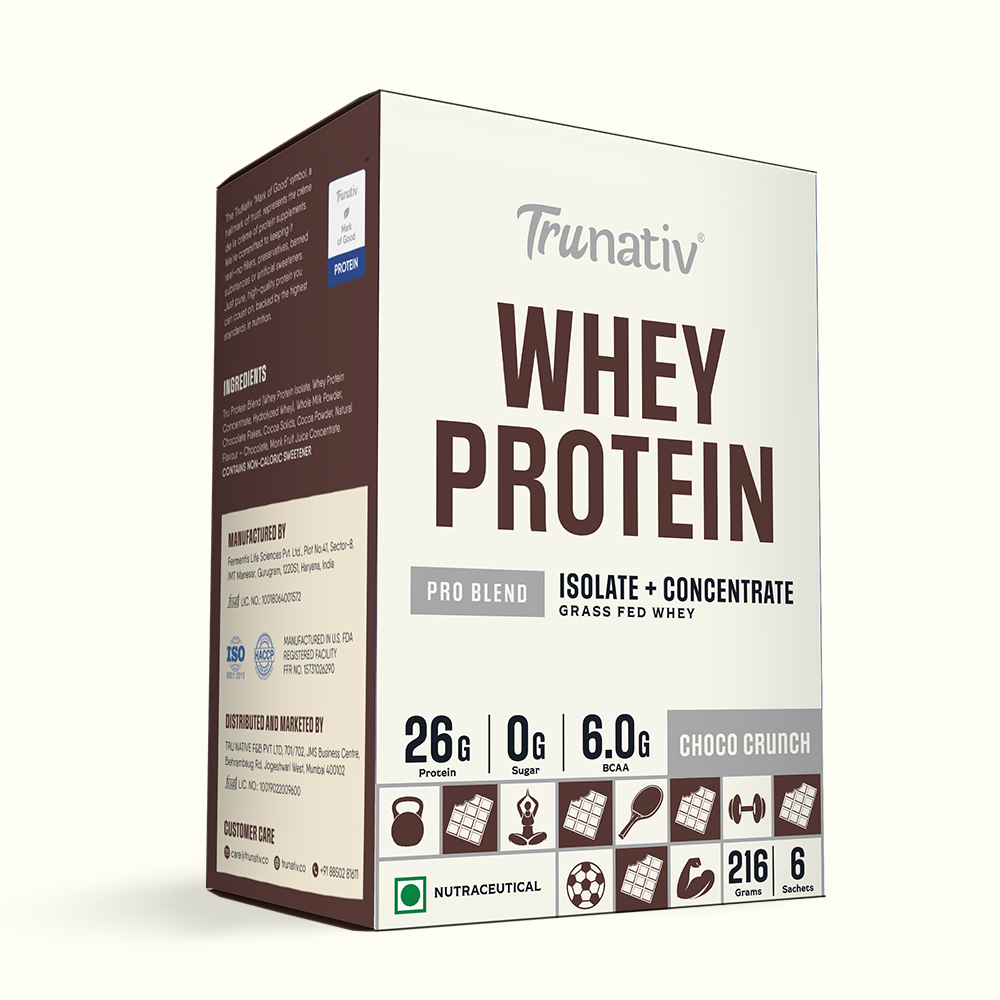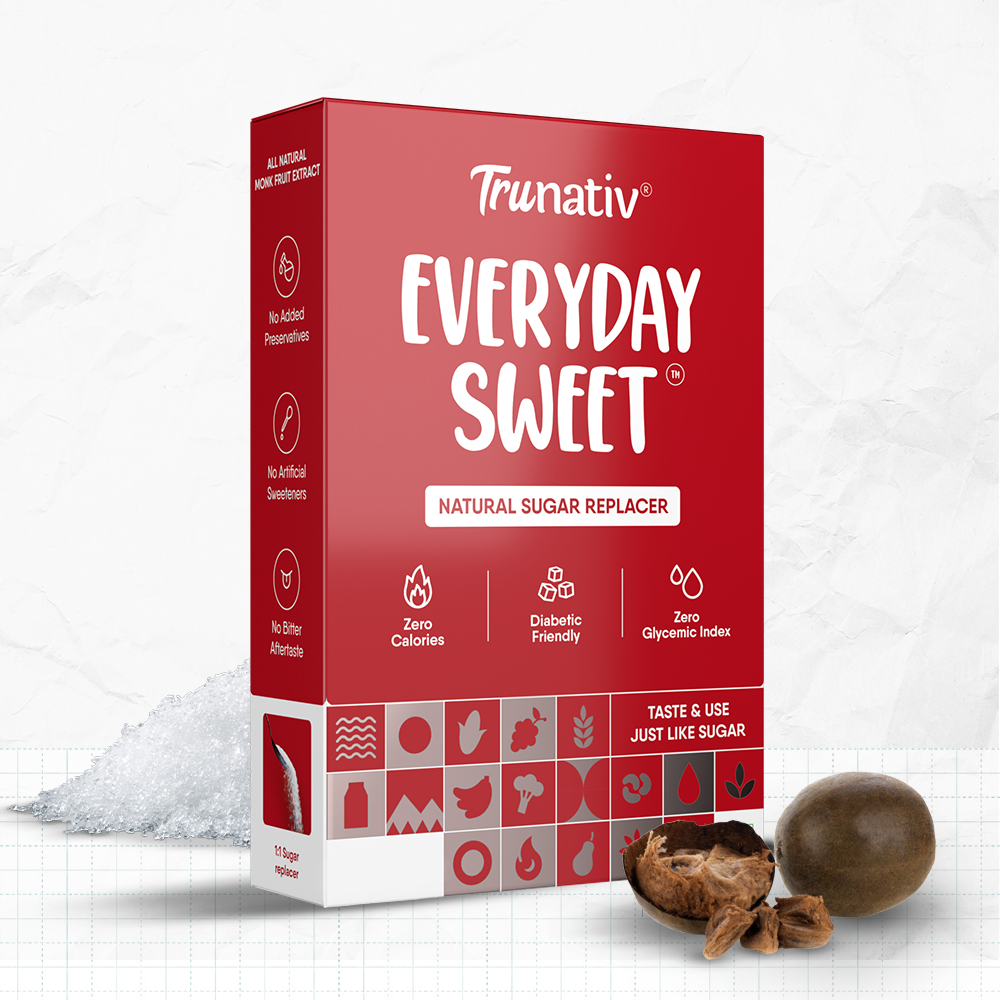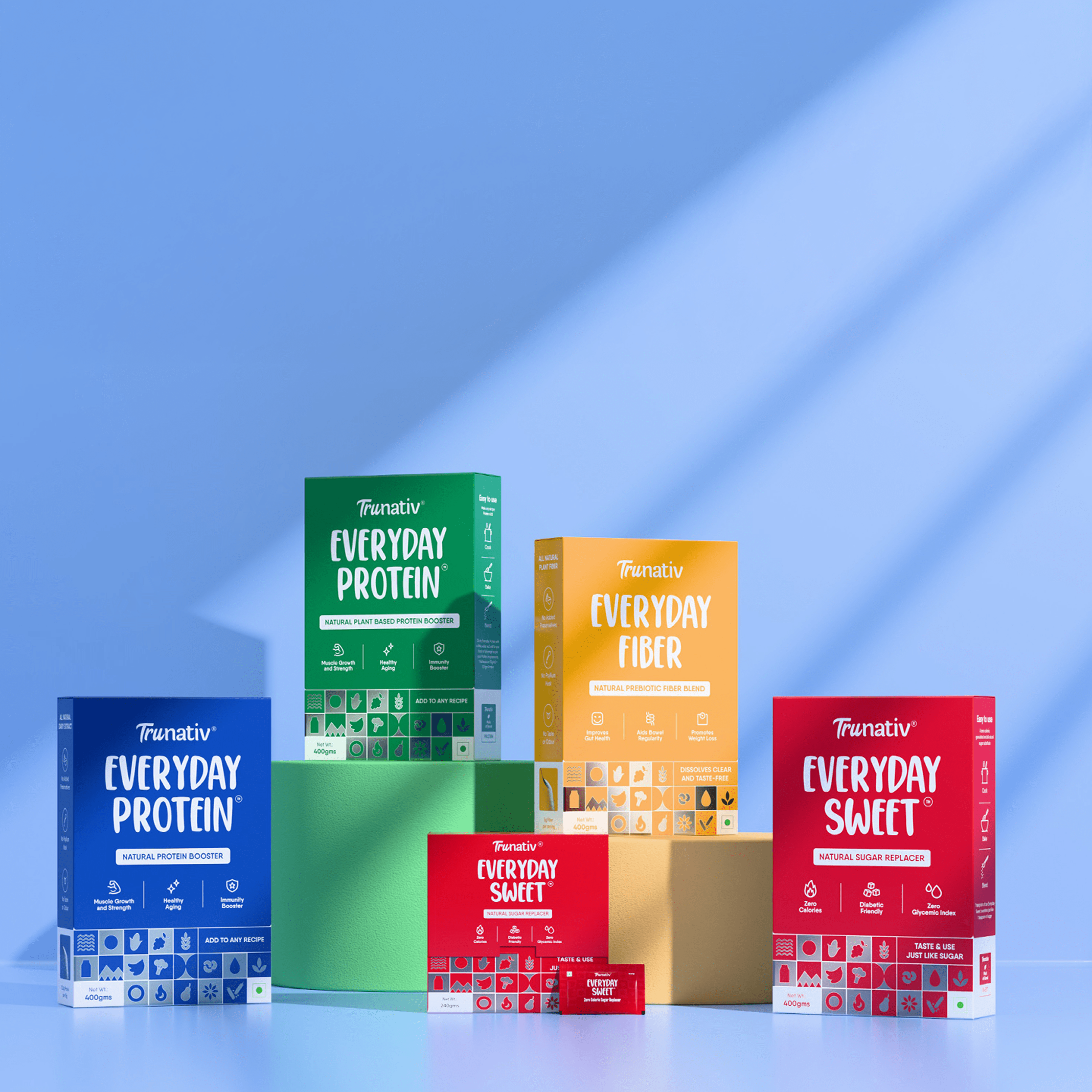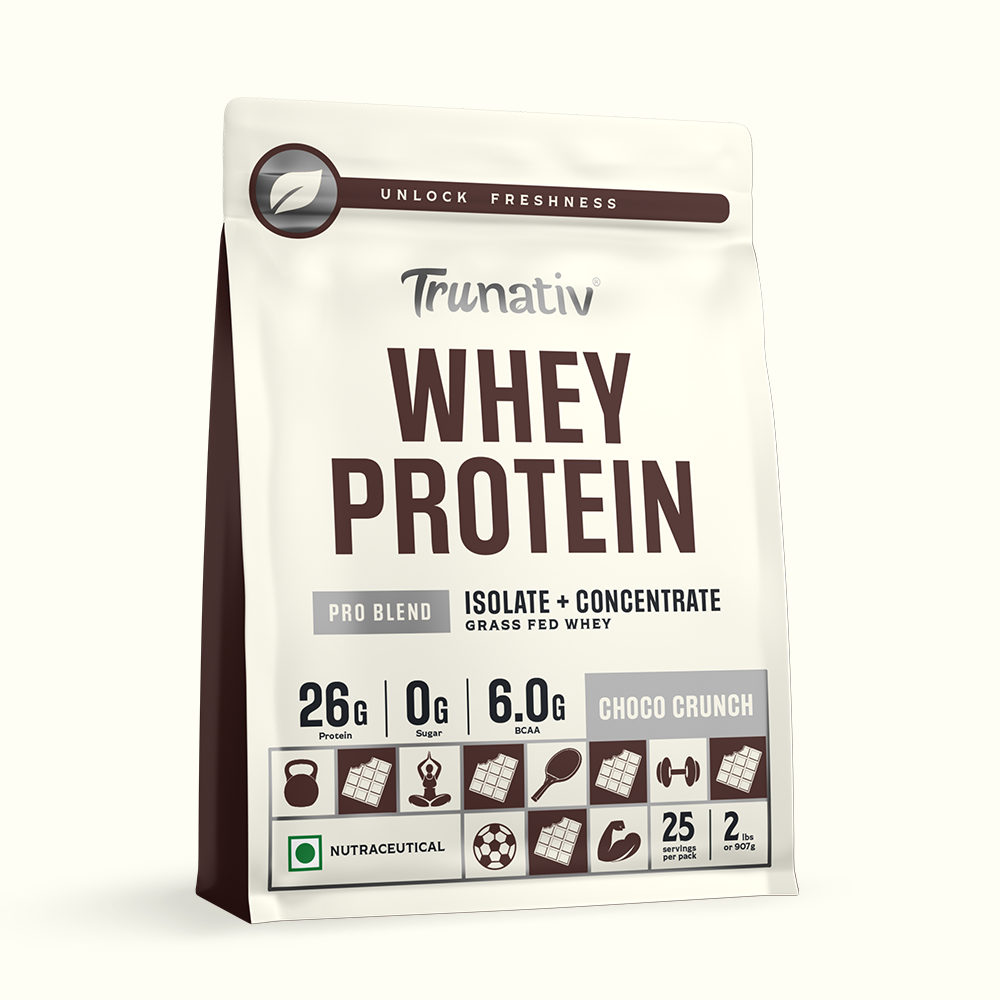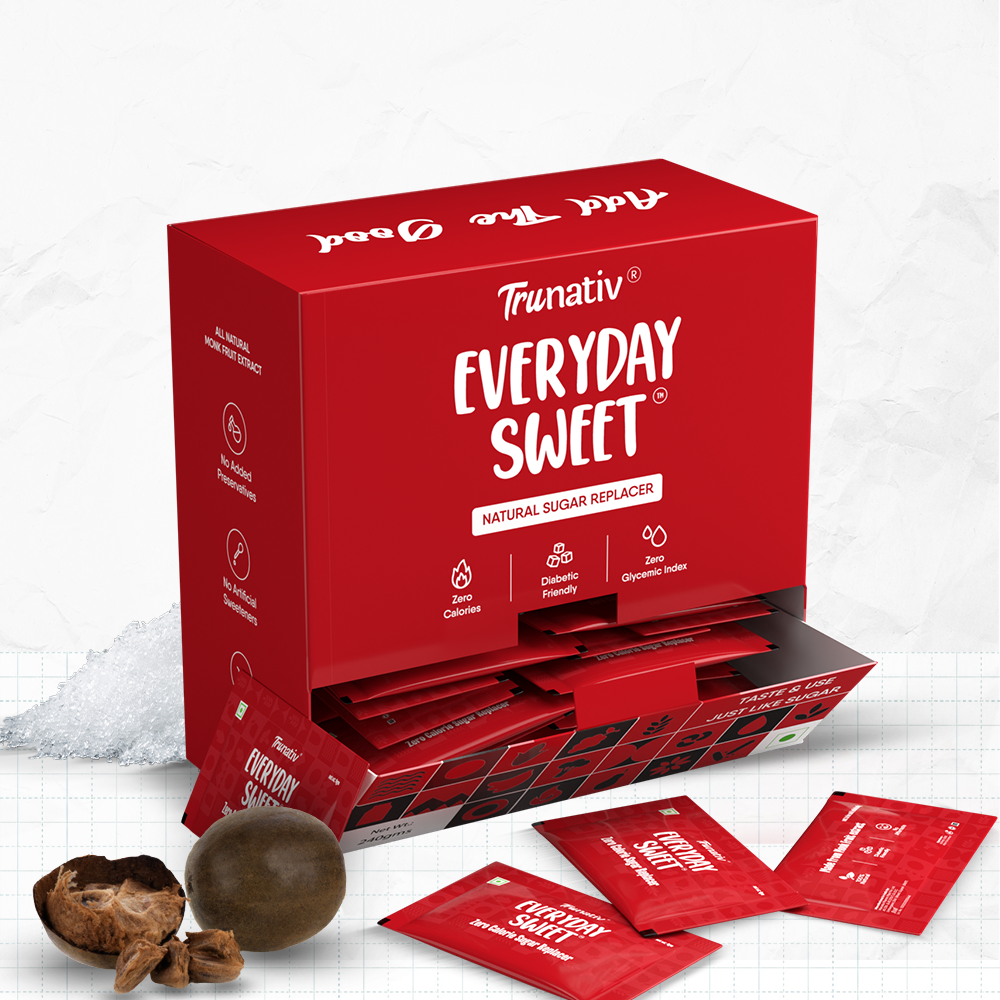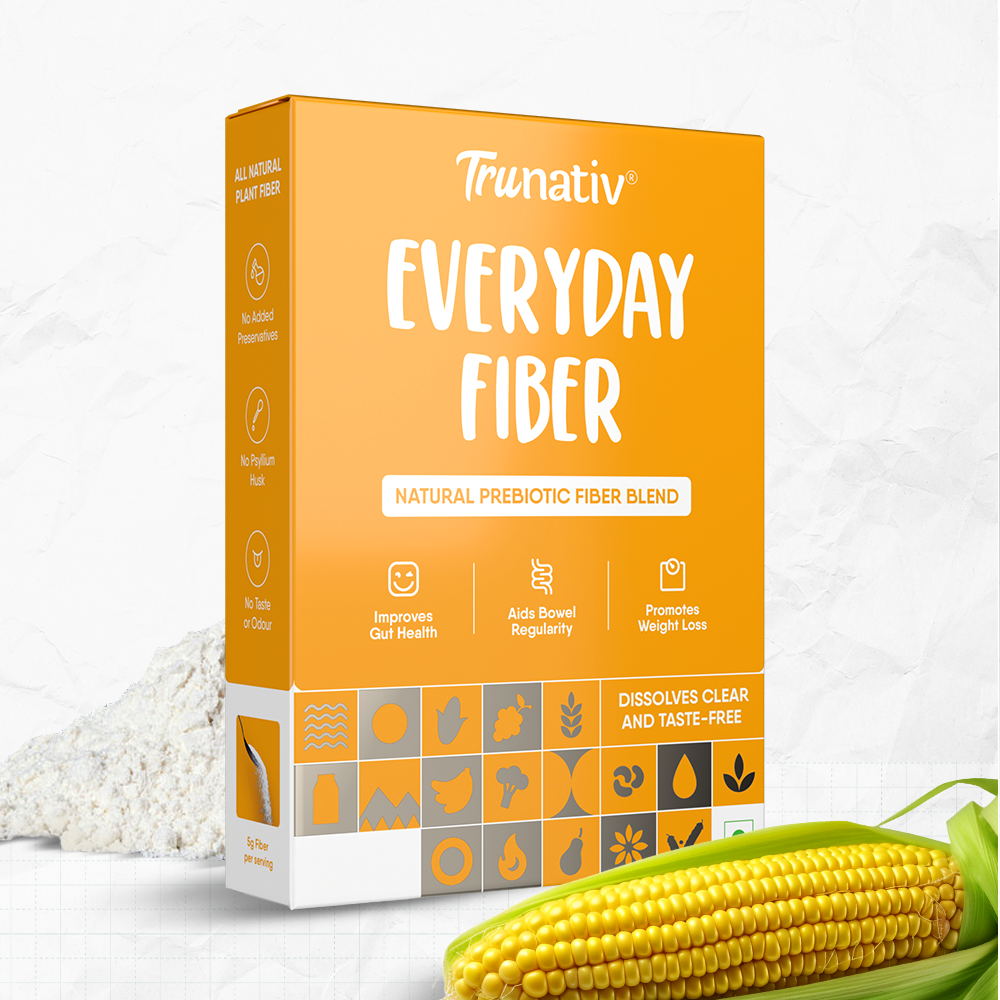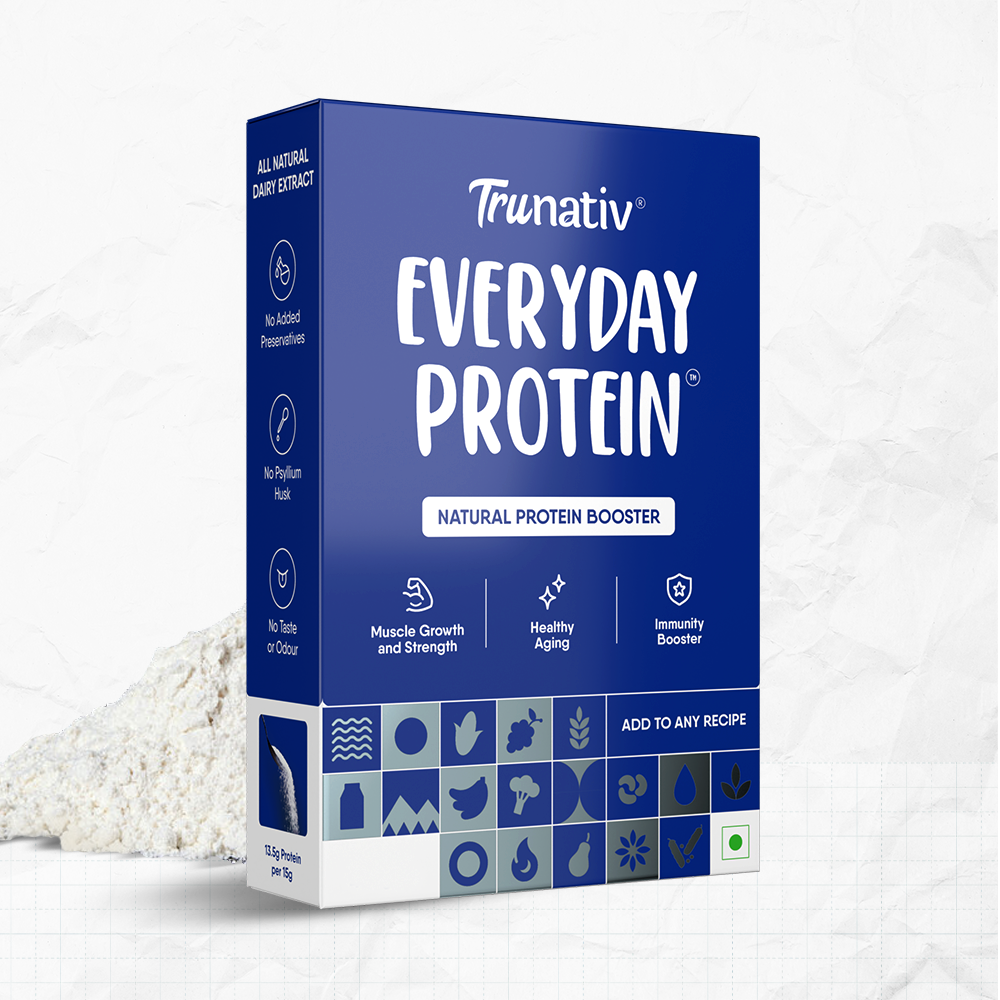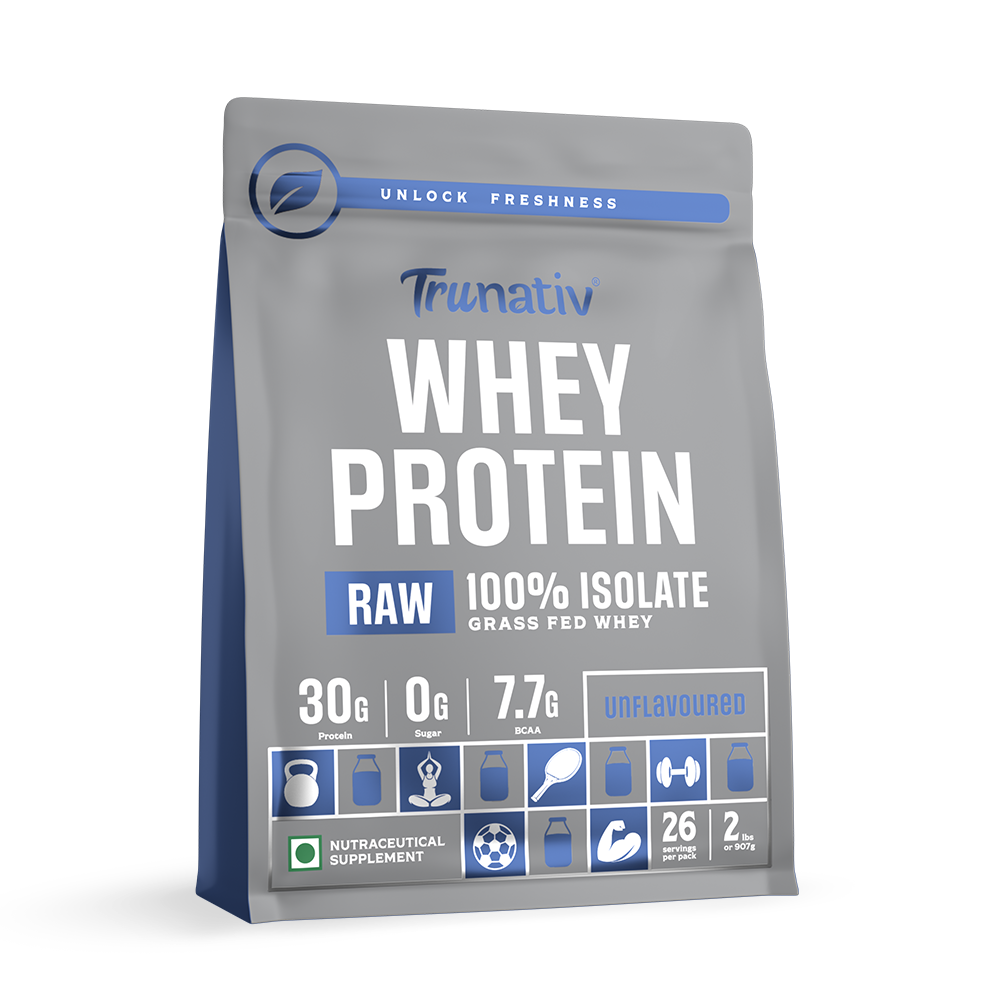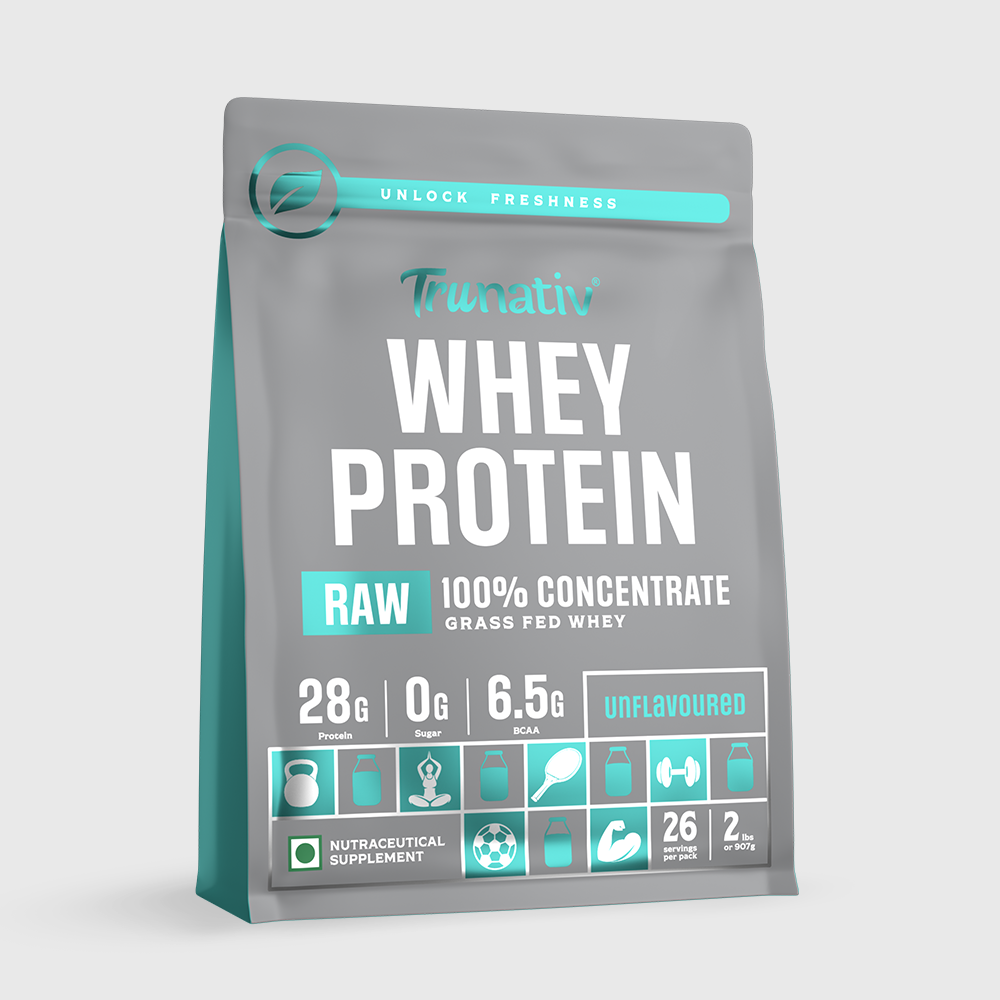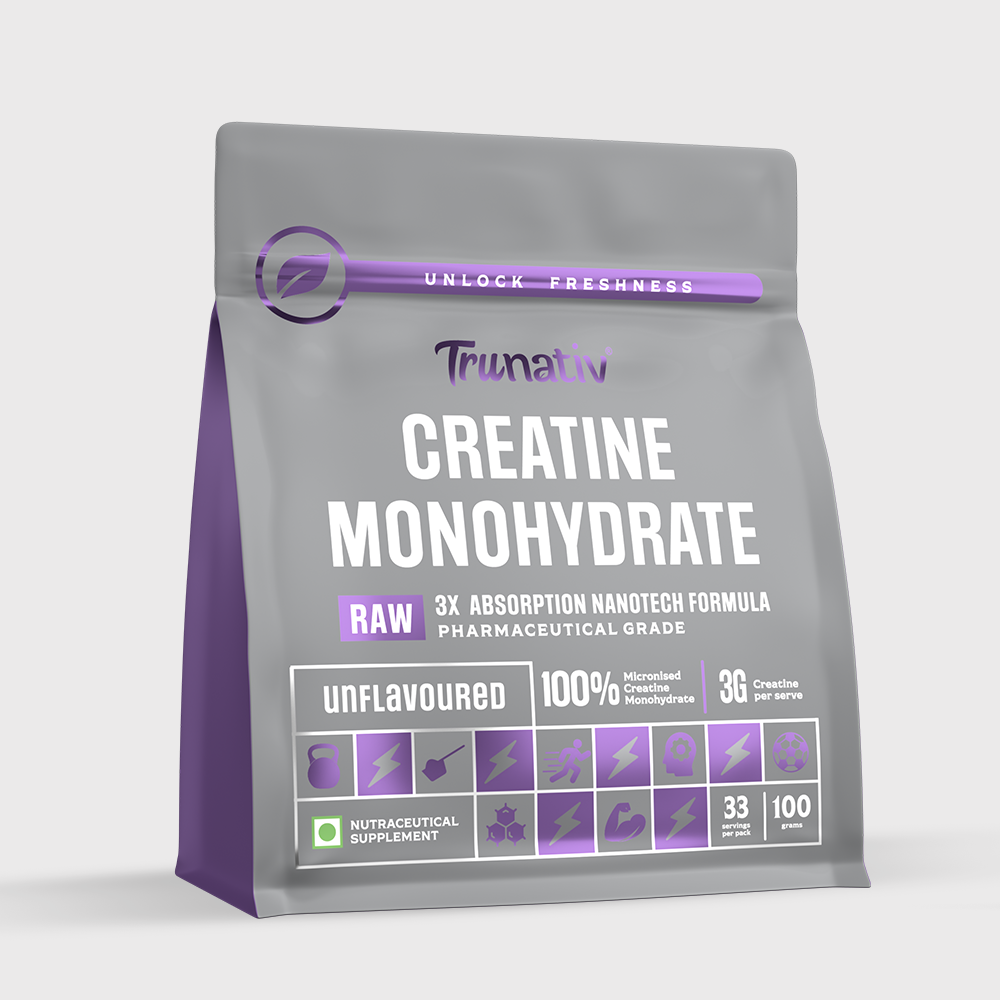

· By AMISHA SHUKLA
Whey Protein Isolate vs Concentrate: What's The Difference?

Protein powders, drinks and bars are some of the most famous dietary supplements. One of the most distinct kinds of protein in these products is whey, which arrives from dairy.
Various types of whey protein contain whey isolate and whey concentrate.
This article describes the differences between these two common forms of whey protein and whether one is better to use.
What Is Whey Protein?
Much of the protein discovered in protein bars, drinks and powders is derived from milk. When milk is processed to create cheese or yoghurt, the remaining liquid is called whey.
This liquid contains fast-digesting proteins, generally directed to whey protein.
Before processing, about 20% of the protein in milk is whey, and the additional 80% is made up of slower-digesting casein proteins. Whey and casein are deemed high-quality proteins because they include all the amino acids your body requires.
However, whey is extremely useful for improving new muscle protein production.
There are several other types of whey protein utilised in supplements. Two of the most standard forms are whey isolate and whey concentrate. These forms are created using various processing techniques and vary negligibly in their nutritional content.
What's the Difference Between Whey Isolate and Whey Concentrate?
There are several nutritional differences between whey isolate and concentrate. The processing techniques cause these disparities. When the liquid whey is accumulated as a by-product of cheese or yoghurt production, it experiences several processing steps to grow its protein content.
After a satisfactory protein concentration is reached, the liquid can be dried to form whey concentrate powder that consists of up to 80% protein by weight. The remaining 20% of the whey concentrate powder includes carbohydrates and fats.
If additional processing steps are used to lower whey fat and carbohydrate content, a whey isolate powder, including 90% or more protein by weight, can be produced.
Overall, the processing steps utilised in producing whey isolate produce higher protein content and lower fat and carbohydrate content per serving.
However, the kinds of amino acids discovered in both forms of whey are almost similar since they are derived from identical proteins.
The table below shows the essential differences between a standard whey isolate and whey concentrate supplement per 100-calorie serving:
|
Whey Isolate |
Whey Concentrate |
|
|
Processing |
More |
Less |
|
Protein |
23 grams |
18 grams |
|
Carbs |
1 gram |
3.5 grams |
|
Fat |
0 grams |
1.5 grams |
|
Lactose |
Up to 1 gram |
Up to 3.5 grams |
|
Cost |
Higher |
Lower |
In addition to containing lower total carbohydrate content, whey isolate also has lower lactose content. This suggests that it could be a finer option for lactose intolerants.
Nonetheless, the quantity of lactose in both forms of whey protein is probably low enough for those who are lactose intolerant to use it.
In complement to their nutritional disparities, there are cost discrepancies between these two kinds of whey. Normally, whey isolate is more expensive than whey concentrate.
While this makes sense based on the more elevated purity of whey isolate, carrying a larger quantity of whey concentrate can get you the same dose of protein, often at a lower cost.
Both Forms Have Equal Advantages
Many analyses sustain the practical results of whey protein on active people. For example, one analysis of 192 exercising people found that taking whey protein supplements, including whey isolate or concentrate, referred to lean mass and power gains. Nevertheless, despite the minor distinctions in nutritious content, there is no proof to indicate that whey isolate and concentrate further impact your body.
One of the most significant aspects of protein is your total daily intake. Moreover, most daily protein intake is usually advised to come from high-quality sources such as dairy, eggs and poultry.
Both whey isolate and concentrate are high-quality proteins, and they will likely deliver identical effects if an equal dose of protein is taken. Restricting their fat, carbohydrate or lactose intake may favour whey isolate since it is lower than whey concentrate in all three components. It is also worth noting that numerous supplements have a blend of proteins that contains both whey isolate and whey concentrate.
The Bottom Line
Whey protein consists of several fast-digesting proteins and is a standard component in dietary supplements. Two standard forms are whey isolate and whey concentrate.
Whey isolate undergoes additional processing than whey concentrate, which results in the isolate having more protein with fewer carbs and fat per serving. However, these nutritional discrepancies are small, and there is no strong support for the myriad effects of these two kinds of whey protein.
Whey isolate may be the correct choice for those who carefully limit their fat, carb or lactose intake, though this form of whey is generally more expensive.
Taking a little higher dose of whey concentrate can result in the same quantity of protein as you would get from a whey isolate product, usually at a lower cost.
Regardless of your type, whey is a high-quality protein that can assist you in reaching your daily protein intake goals.
